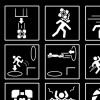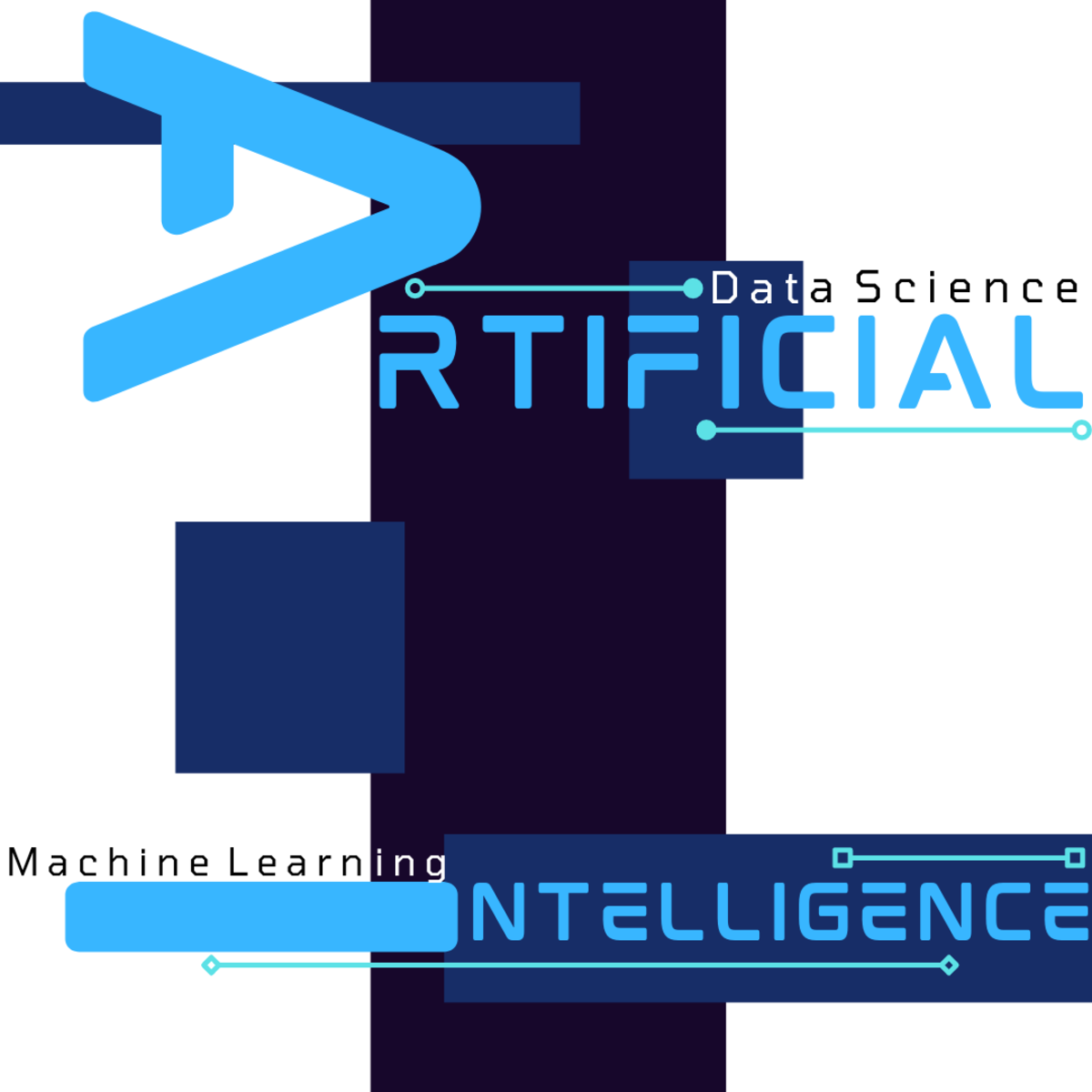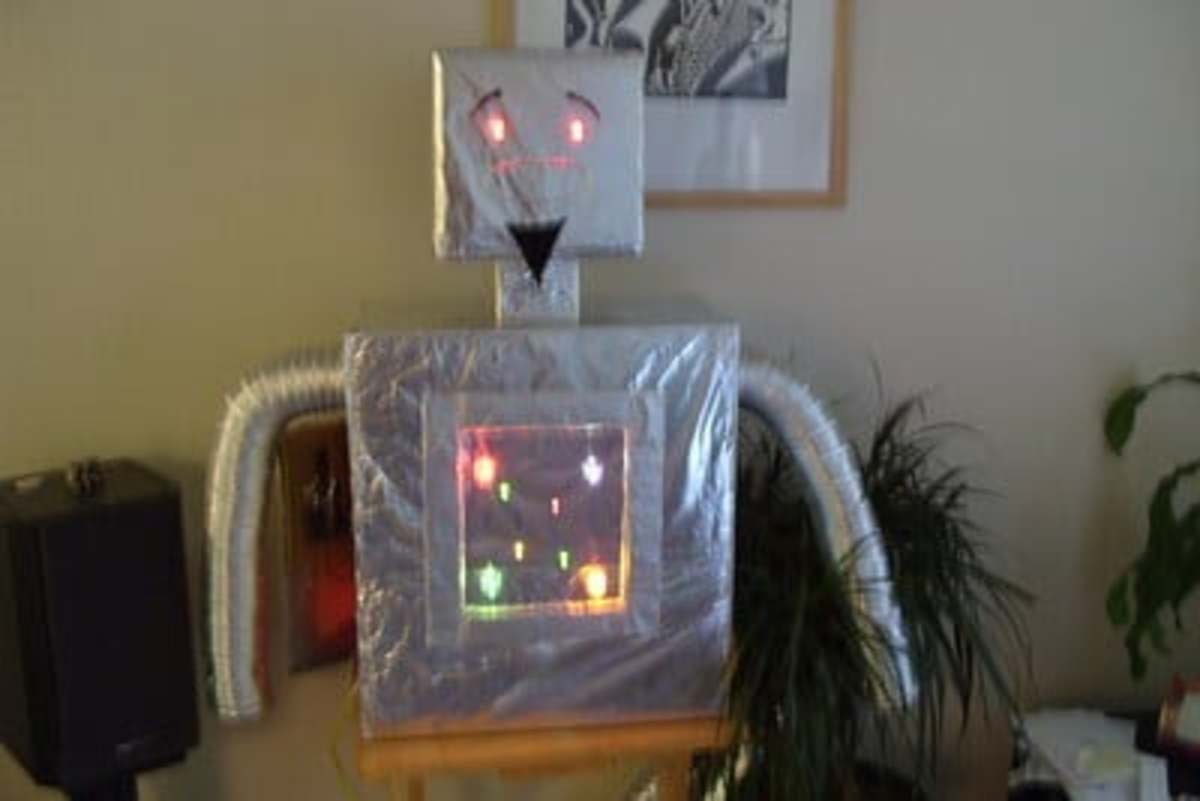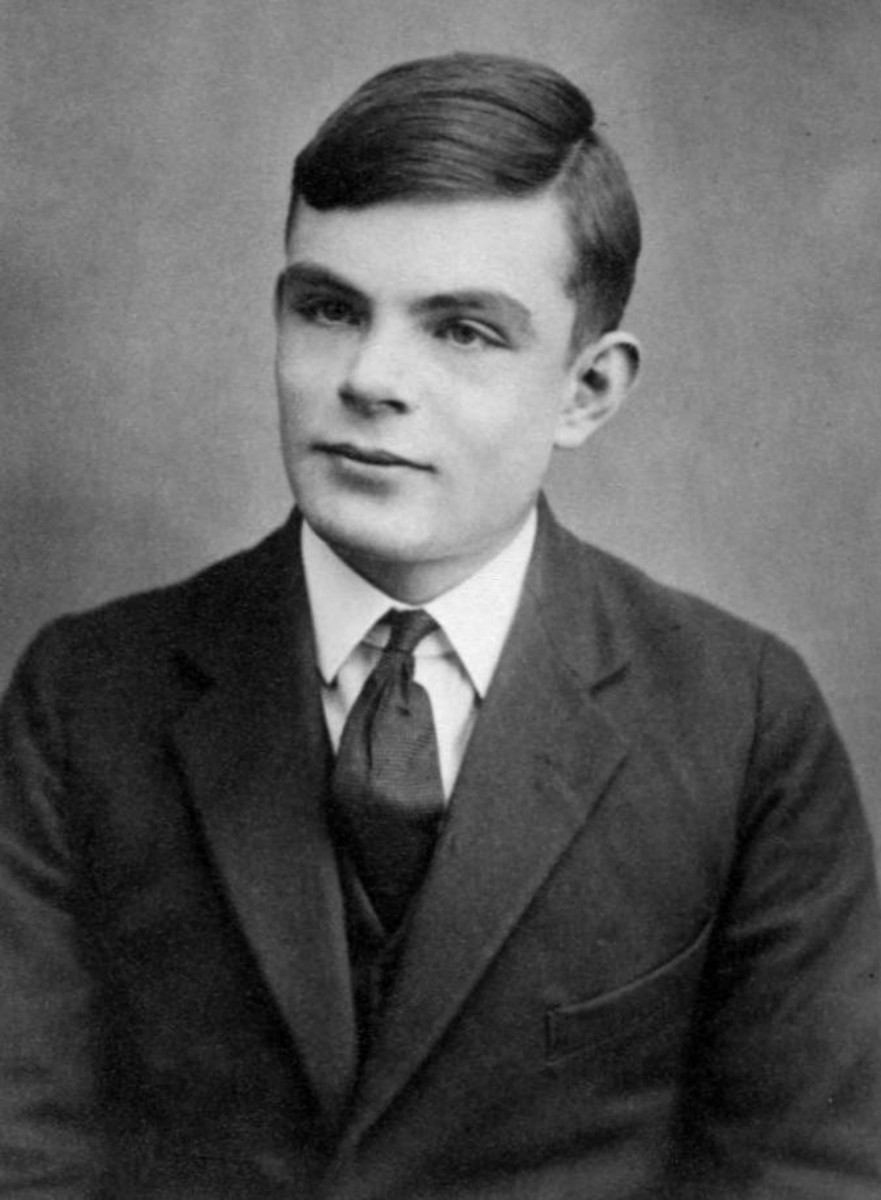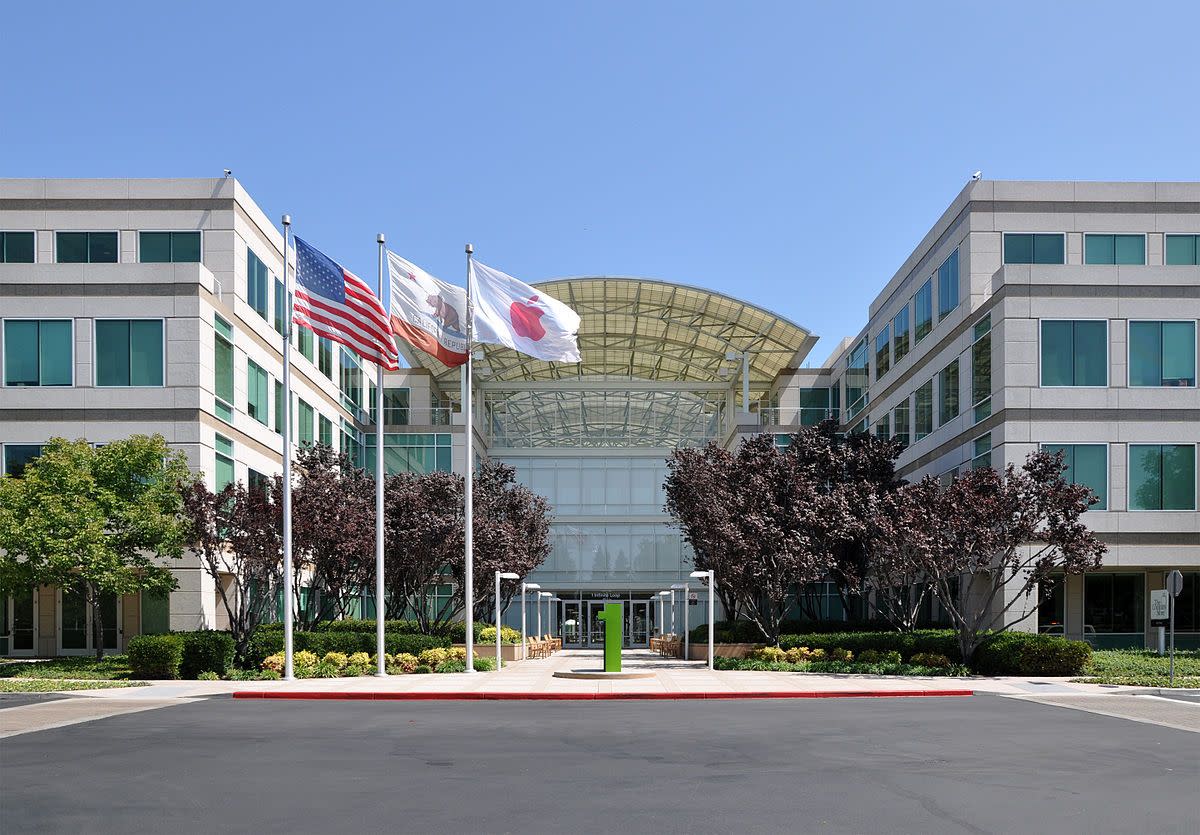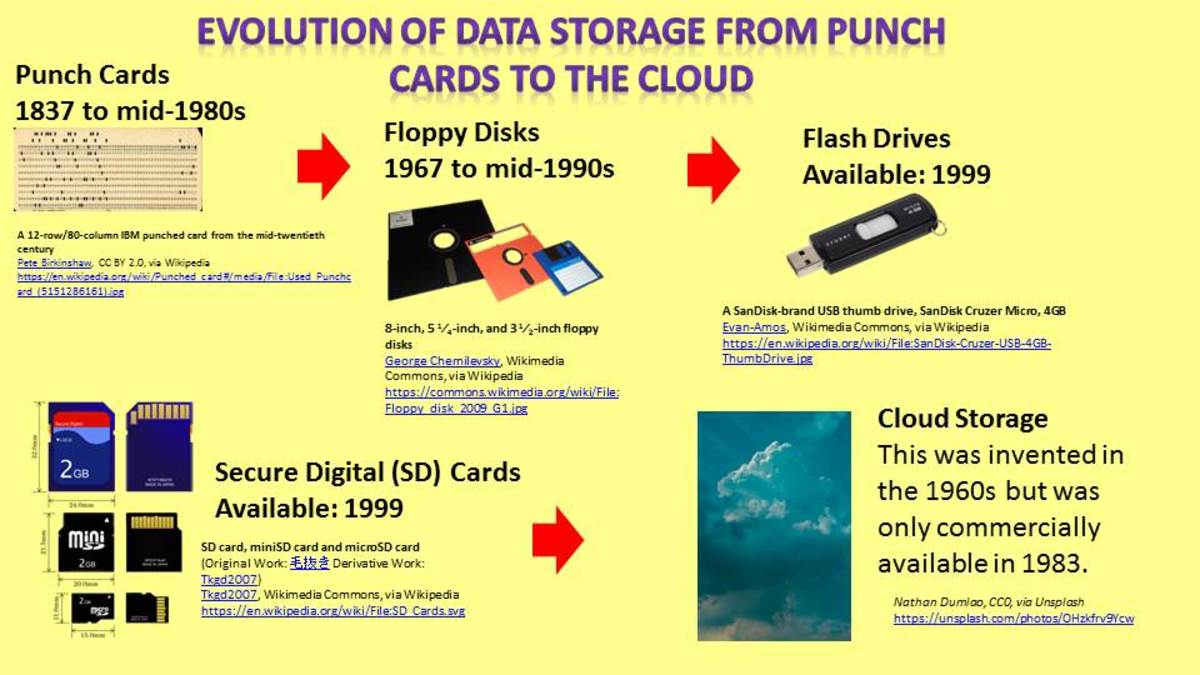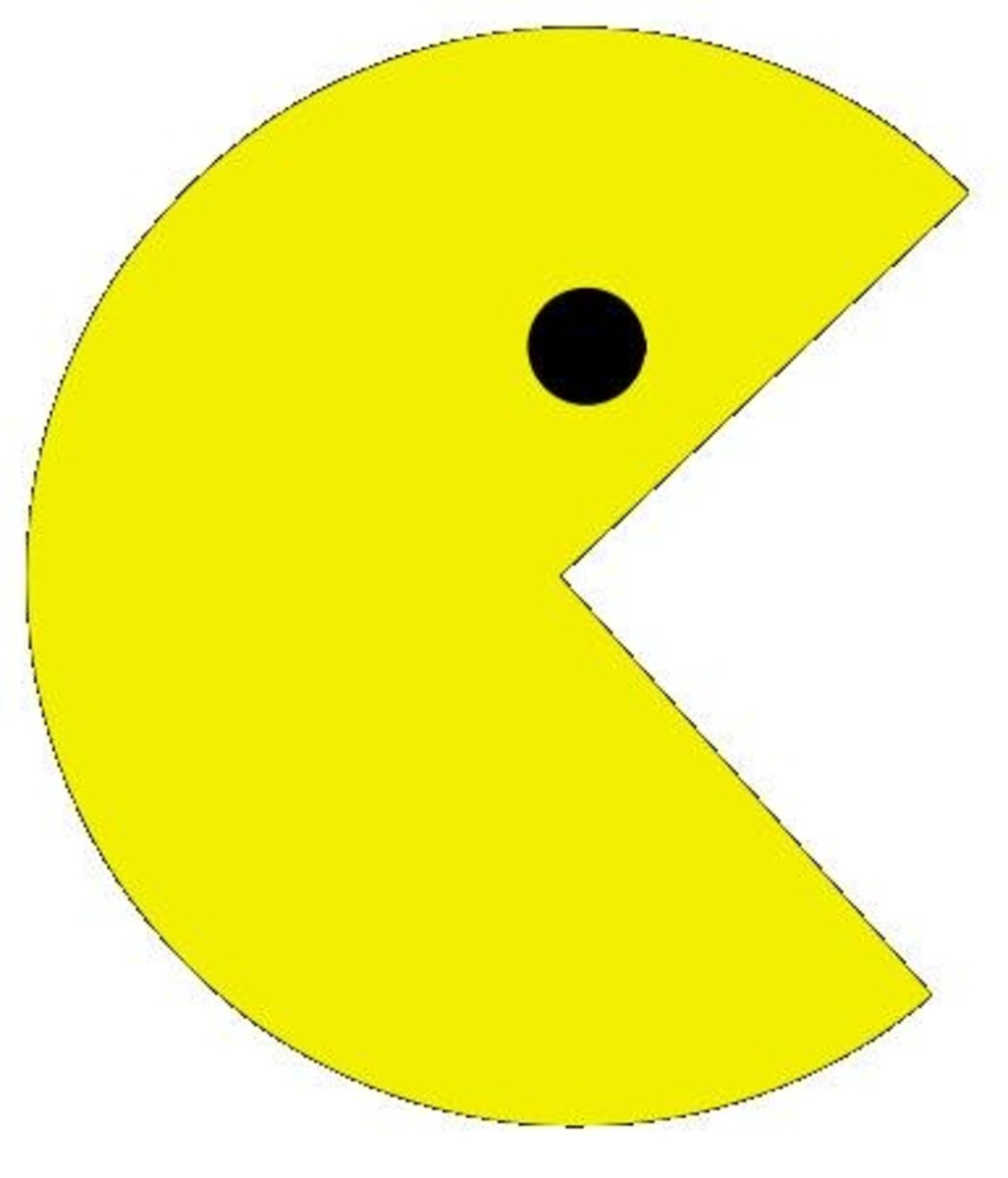What is The Turing Test?
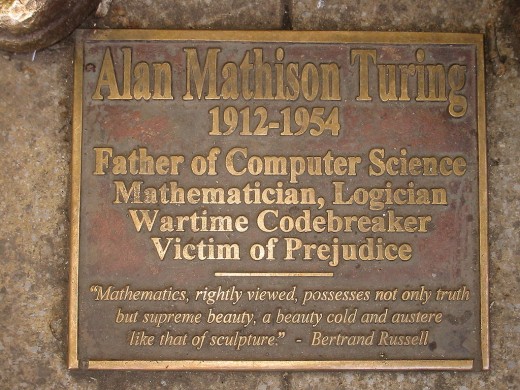
A Brief History
The Turing Test was first envisioned by computer scientist Alan Turing, widely considered to be one of the fathers of modern computering. Born in London in 1912, Turing was instrumental in the cracking of the Enigma code machine during World War 2, and was also one of the first computer scientists to discuss the then-alien concept of "Artificial Intelligence."
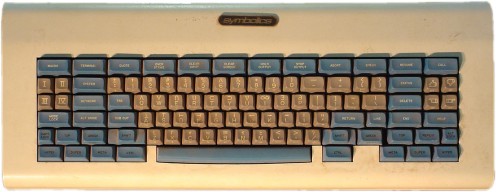
The Test
The Turing Test is designed to determine if a computer has artificial intelligence. More specifically, it is designed to determine if it has enough artificial intelligence to convince a human being.
Artificial intelligence is a complex topic, both in terms of computer technology and as a matter of philosophical debate. However, the Turing Test itself is fairly simple. While there are many varieties, here is how the Turing Test works in its simplest form:
The tester is sat at a computer terminal. The tester is then chats, through text, with two different individuals. One of these individuals is a human; one is a computer. The tester has no indications of which is which, and is charged with determining this through conversation with each individual. To successfully pass the Turing test, the computer must leave the tester unsure of which conversation is with a human, and which is with an artificial intelligence.
So what does it mean?
The Turing Test is just that: a test. It does not imply computer consciousness, or even true artificial intelligence. In addition, the Turing Test is, by its nature, somewhat subjective. However, considering that the test was purely theoretical when it was conceived in 1950, the fact that any chat system is capable of even challenging it is, in itself, a technological marvel.
